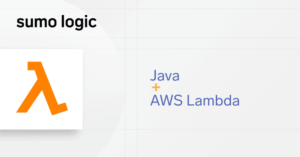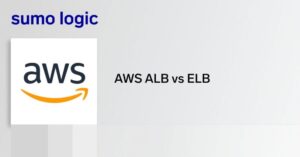As multi-cloud architectures grow in popularity, more and more organizations will start asking how to secure multi-cloud environments. Some will conclude that a multi-cloud architecture requires a fundamentally different approach to cloud security.
That’s one example of a myth about cloud security in a multi-cloud architecture. Let’s take a look at why this assumption is flawed, along with some other common myths about multi-cloud security.
Myth 1: Multi-Cloud Requires a Security Overhaul
Let’s start with this first myth, that a multi-cloud architecture requires a complete overhaul of your cloud security strategy.
In reality, this is rarely the case. The cloud security tools and processes that you already have in place can likely accommodate a multi-cloud architecture as well as they can a single cloud.
You will, of course, probably need to tweak your cloud security strategy in certain ways. For example, you will want to make sure that you are collecting and aggregating data from each of your cloud environments into a single location, in order to maximize visibility across all of your clouds. But you can do this using the same log aggregation tools that you already have—You don’t need to build a new toolset.
Myth 2: Multi-Cloud Doesn’t Require Robust Security
An equally flawed assumption about multi-cloud security is that you don’t need to worry as much about security when you have a multi-cloud setup.
This thinking derives from the fact that multi-cloud architectures can increase availability by providing redundant infrastructures for hosting workloads. If you subscribe to the myth that public clouds are impenetrable, then you probably also believe that the more clouds you use at once, the safer you are.
While it’s true that one benefit of multi-cloud is that it can help you to keep data and applications available in the event that one provider goes down (if you configure your clouds in this way), this functionality shouldn’t be confused with security. Availability and security are not the same thing.
So, don’t make the mistake of assuming that by adopting multiple clouds, you eliminate the need to follow a robust cloud security policy. Cloud security is equally important, no matter how many clouds you are using.
Myth 3: I Need to Use Cloud-Specific Security Tools
If you only use one cloud, you may rely on security tools designed specifically for that cloud. You might use Inspector on AWS, for example, or Azure Security Center on Azure.
These are useful tools within the environments that they were designed to support, and there is nothing wrong with using them for a single-cloud architecture. However, an effective, streamlined multi-cloud security approach is one that is based primarily on analytics and visibility tools that can support all of your clouds. You don’t want to be juggling multiple security tools as you attempt to keep tabs on your multi-cloud resources.
How to Secure a Multi-Cloud Architecture: Visibility and Integration
Now that we’ve covered some common misassumptions about multi-cloud architectures and security, let’s discuss the fundamentals of an effective approach to security for multi-cloud.
Put simply, a successful multi-cloud security strategy is one that is founded on a platform-level approach to security. Rather than trying to secure each cloud using multiple tools, or ignoring the security risks that exist in a multi-cloud environment, it focuses on maximizing visibility and integration across all of the clouds that an organization uses.
By maximizing platform-wide visibility and integration, you not only streamline your workflows (because you don’t have to treat each individual cloud separately), you also ensure that you can move workloads easily between different clouds, or replace one cloud provider with another— without having to adjust your security strategy each time you make a change.
That’s important because part of the point of a multi-cloud architecture is to avoid vendor lock-in. You don’t want a security strategy that effectively locks you into specific cloud vendors and services due to your inability to adjust your security strategy when your multi-cloud architecture evolves.



